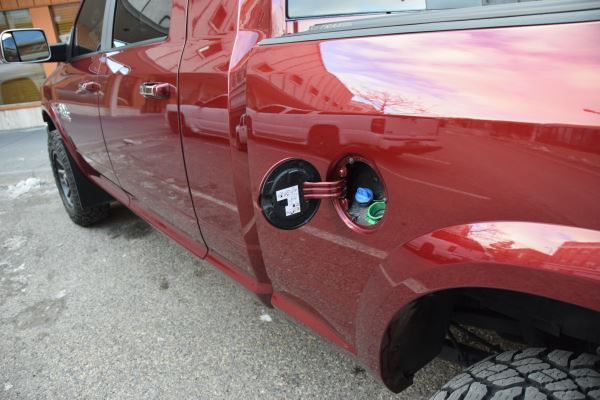
If you start a conversation with any given group of diesel owners about emissions, chances are it's going to heat up quickly. It's an upsetting topic for so many of us, but the cold reality is diesels equipped with emissions-controlling components are here to stay. The good news, though, is that manufacturers are coming out with smarter ways to control emissions; in other words, they're coming up with better ways to comply with the law without compromising power, torque, or fuel economy.
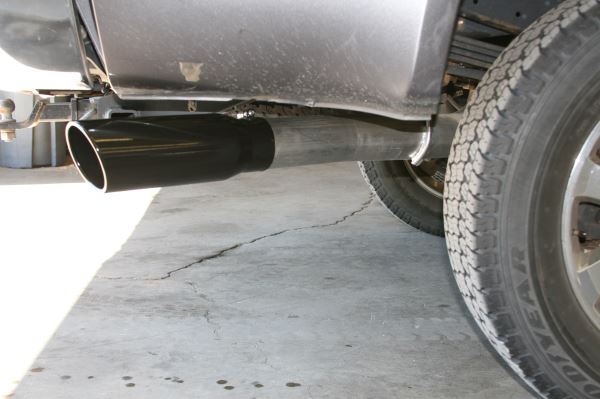
Basically, diesels (specifically the ones used in cars, trucks, and buses) are now going through the same phase that gasoline engines went through in the 1980s and 1990s. During this time, gasoline engines were generally weak in terms of performance. The emissions-regulating equipment used on the engines, including air pumps, exhaust gas recirculation (EGR), and catalytic converters detuned them as the components were simply thrown on with no understanding of how to make them work more efficiently in order to not significantly compromise performance.
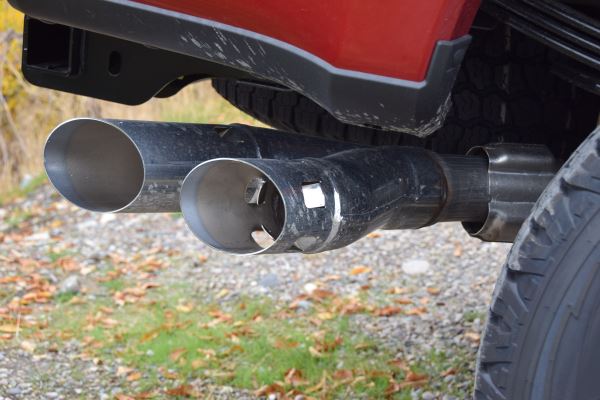
It did take several years, but manufacturers improved technologies and designs that brought boosts in performance out of the gasoline engines while still meeting the toughest Environmental Protection Agency (EPA) and California Air Resources Board (CARB) standards. Along the way, manufacturers have eliminated some of the emissions control equipment, such as the EGR, and refined other components. Now, for the last 15 years, the diesel industry has been hit extremely hard with emission regulations so quickly. Regulations have forced manufacturers to come up with solutions that were more like a "band-aid" rather than a permanent fix, as they essentially entailed slap-on components that did nothing more than merely clean the emissions through the exhaust end only. Thus, the solutions have put backpressure on engines and caused an array of problems.
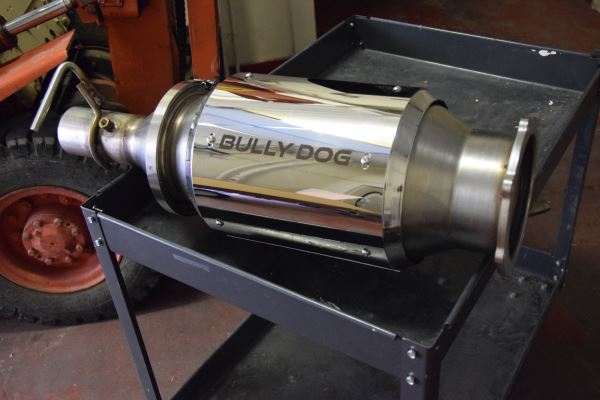
Nowadays, diesel pickups go through a large array of tests to ensure the tailpipe is clean. Their emissions control equipment includes an EGR system with a cooler, a diesel oxidation catalyst (DOC), selective catalytic reduction (SCR), and a diesel particulate filter (DPF). With those, we also have an electronic management system to make sure those systems work properly. However, despite the strict regulations enforced on today's diesels, they're still able to produce amazing power and torque. They're certainly not losing their grip with pickups either, as mid-size and half-ton diesels have also become a trend in recent years.
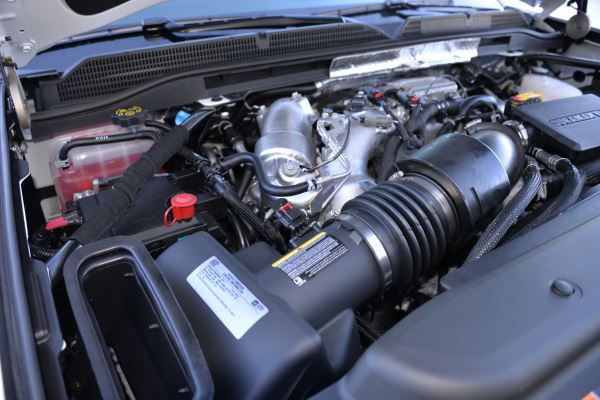
As the engines' manufacturers improve engine management, combustion, injection, cooling, and other areas, they will mitigate the need for those less efficient aftertreatment parts currently used in our exhaust systems. The engines' power, torque, and fuel efficiency will subsequently improve. Just take a look at the gasoline vehicles now; they've come such a long way in that area and they're still able to put out plenty of power and torque for what they do. Diesels just have yet to progress in their phase.